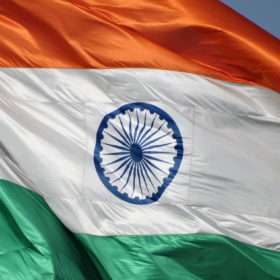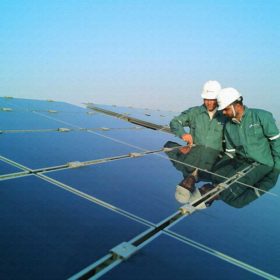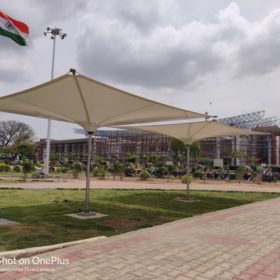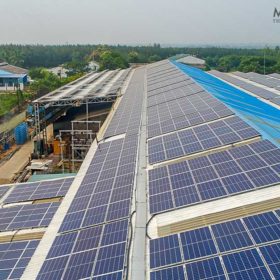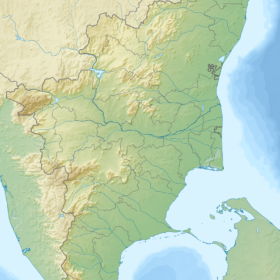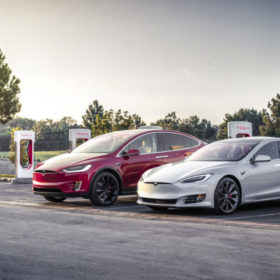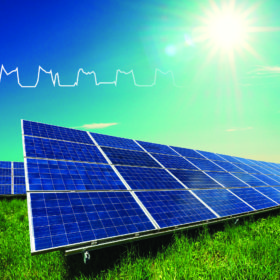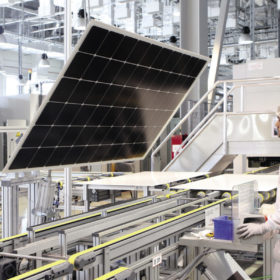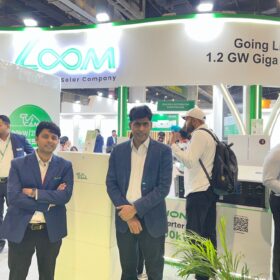Li-ion battery manufacturing cluster coming up at Gujarat’s Dholera, Tata first to invest
The Dholera Special Investment Region—known for the upcoming 5 GW solar park—has secured the first Lithium battery investment from Tata Chemicals, which has committed Rs 4000 crore to set up 10 GW capacity.
Andhra Pradesh cancels energy storage proposal
The move is the latest attempt by the newly-elected state government to reverse renewable energy commitments made under the previous administration.
Singaporean Sembcorp will invest Rs 5169 million in India arm to push renewables growth
After Singapore, India is the second largest revenue generator for the integrated energy player. In year 2018, it earned overall revenues of S$11,634 million (Rs 587 billion), of which S$1685 million (Rs 85 billion) came from power business of Sembcorp Energy India Limited.
Guntakal railway station installs canopies to harness solar energy and rainwater
The ‘inverted umbrella’ shaped canopies use monocrystalline flexible solar panels on top to generate electricity for functions like mobile and laptop charging, and lighting.
India added 1,836 MW of rooftop solar in last fiscal year
Maharashtra, Rajasthan, Gujarat, Karnataka and Tamil Nadu were the top five states by annual installation, accounting for 60% of the new capacity.
NLC India commissions 63 MW solar capacity in Tamil Nadu
The state-owned power generator has commissioned 63 MW capacity out of the 100 MW solar PV power plant in Tirunelveli district, with Tamil Nadu Generation and Distribution Corporation (TANGEDCO) as the beneficiary.
EDEN Renewables seals power supply agreements for 716 MW of new solar capacity
The deals will pave the way for four new solar parks that are set to be commissioned towards the end of next year.
Policy can spell success or failure for EVs in Europe
Since 2017, several European governments have announced bans on sales of conventional gasoline and diesel vehicles. Countries like France and the United Kingdom have set bans to come into force by 2040, while Norway has set a more ambitious goal of 2025. Raquel Soat, Research Analyst at Navigant, looks at how policy might affect European electric vehicle markets over the coming years.
Has solar lost its sheen for India’s EV push?
While India’s recent union budget announced steps to create an electric vehicle market, the solar sector still has issues that have not been addressed.
Rajasthan Electronics tenders for supply of solar modules
Jaipur’s Rajasthan Electronics & Instruments Limited has invited bids from Indian manufacturers for the supply of 75 Wp solar modules based on crystalline silicon technology. Bidding will close on July 19.

